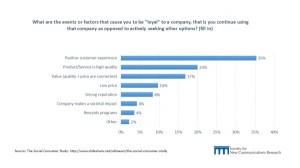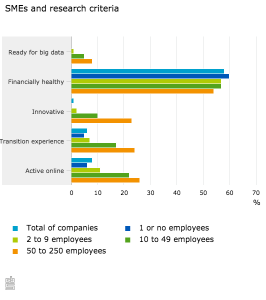
User psychology is the driving force behind any great web design. Getting into the mind of potential visitors is the only way to develop a compelling site that draws people back for more. As complex as it may seem, each element on a web page can evoke different feelings, which forms the overall user experience.
Fortunately, there is already a wealth of expertise on the subject of psychology in web design. Here’s a guide on the key areas of development and how they can be altered to play into the minds of your visitors.
Content
When it comes to content, less is always more. During the early days of the tech boom, many businesses crammed their sites with endless streams of content. This attempt to impress and dazzle backfired. It left consumers feeling overwhelmed and anxious.
In our fast paced world, people want to find information quickly and efficiently. If you make a visitor search for answers it can quickly create irritability. This can impact conversation rate and your company will come across as poorly organised.
Always keep content as concise as possible, making certain that it’s relevant to the audience. Constant editing and updating is the only way to ensure good vibes and increased traffic.
Layout
‘White Space’ is all the rage in today’s web design. For those that are unfamiliar with this term, it refers to the areas on a page that have no content or visual media. In other words, it adds a welcome relief from all those words and images.
If you arrange content with this space in mind, you’ll be more likely to present information that is professional and visually appealing. Websites crammed full of images, headlines and graphics often look poorly made and messy. This chaos will always evoke feelings of discomfort.
Adequate white space avoids those uneasy feelings and creates a cleaner, more minimalist design. Drawing the eye to the most important elements of a site, it’s a great way to ensure an immersive experience.
Colour scheme
Studies have now proven the impact colours can have on our mood and attitude. Stronger shades such as purple and red have been shown to encourage a feeling of alertness and energy. On the other hand, pastel tones such as soft blues can instil a sense of serenity.
Choosing a colour scheme will largely depend on your target market. While warming colours can give a sense of creativity they may also incite anger and restlessness. Alternatively, greys can be modern and professional but often lack character.
Whichever palette you choose, don’t be tempted to emblazon your brand colours across the entire site. Without any neutral colours to balance this design, you’ll be left with a cluttered mess. Similar to ‘white space’ neutral colours provide a resting point for the eye and give the page an organised look. Light shades of grey or white work especially well at complimenting the bolder themes of blue, yellow or red.
Typography
Developers are no longer limited to a handful of web friendly fonts. Advancements in technology such as CSS3 have opened the door to a world of possibilities. It’s important to choose one that meets the overall tone of your site.
Serif fonts are most commonly associated with educational or professional writing. It’s a great choice for those looking to give an authoritative vibe, but it can be too rigid for most. Instead opt for one of the contemporary Sans-serif fonts. It will show that you’re up to date and give that simplistic look.
The layout of each letter, sentence and paragraph is also important. Include lots of white space between lines for easier-to-digest content. If a page looks too crowded, it’s often a problem with the leading (gaps between the lines) or kerning (gaps between letters). Always be generous with this spacing to create an inviting page that’s easy on the eye.
Digital & Social Articles on Business 2 Community(50)








